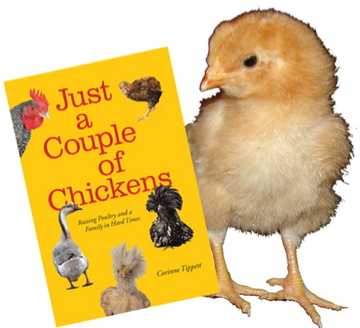How do I get paid for my self published book? How does the money actually arrive in my bank account?
Well, it depends on how you are selling your book. I’ll focus on the online and credit card sales, because if you are selling your book at a table or out of the trunk of your car, it’s more obvious how you get paid… the online sales are the mystery to most of us.
If you are selling through a print-on-demand service like CreateSpace, then every time a book sells through Amazon.com, you get a royalty. The amount of that royalty is determined by the size and cover price of your book. You would know in advance how much that will be as you go through the set up process. There are at least three different royalty amounts, based on how what sales channel the buyer purchased your book.
The following CreateSpace details were current as of September, 2012, and since things change rapidly… take them with a grain of salt:
- You get the highest royalty if the buyer buys from your CreateSpace author page, which is a page nobody will find unless you email them the direct link.
- The “normal” royalty comes through sales directly from Amazon.com, and you have to rely on Amazon.com to report how many of those sales took place. There can be a lag between the buying and the reporting.
- The least amount of royalty comes through Amazon.com expanded distribution, which is a channel you have to pay to sign up for, but enables your book to be available on request (not on the shelf) in every bookstore in the world.
You never have to handle the book or the shipping, and you don’t get the direct information about the buyer. Your royalties add up and when you’ve met the required minimum balance ($25 most recently), then CreateSpace will direct deposit the money to the bank account you’ve listed. They can send you a check instead, but it’ll cost you.
If you are selling your book through PayPal, directly from your own website, then PayPal will hold the full amount you charged for the book, less their fee, until you tell them to deposit it to your bank account (free), or request a check (which will cost you). You will package up the book, which you’ve already had printed somehow, and ship it to the seller. This way you get the buyer information, but you also have to handle the book and have an inventory to ship from, which you have already paid for.
If you set up your website to accept credit cards by getting a merchant account or gateway account, then the money you process from the sales of your books gets deposited to your bank account, less the fees for the merchant account. Depending on how you have it set up, you may instead have a lump sum fee withdrawal come out of your account once a month.
All of these methods require you to allow these companies access to your bank account, to make the deposits, and so it is very wise to set up a totally separate account for these business activities. And make sure your bank offers good fraud protection. I don’t find it entirely comfortable either, but it’s the reality of true self publishing… you are a publisher, you are a business, and these are the conditions for normal modern business.
I promise you that it all feels much better than this post makes it sound when the money from book sales is flowing in…










